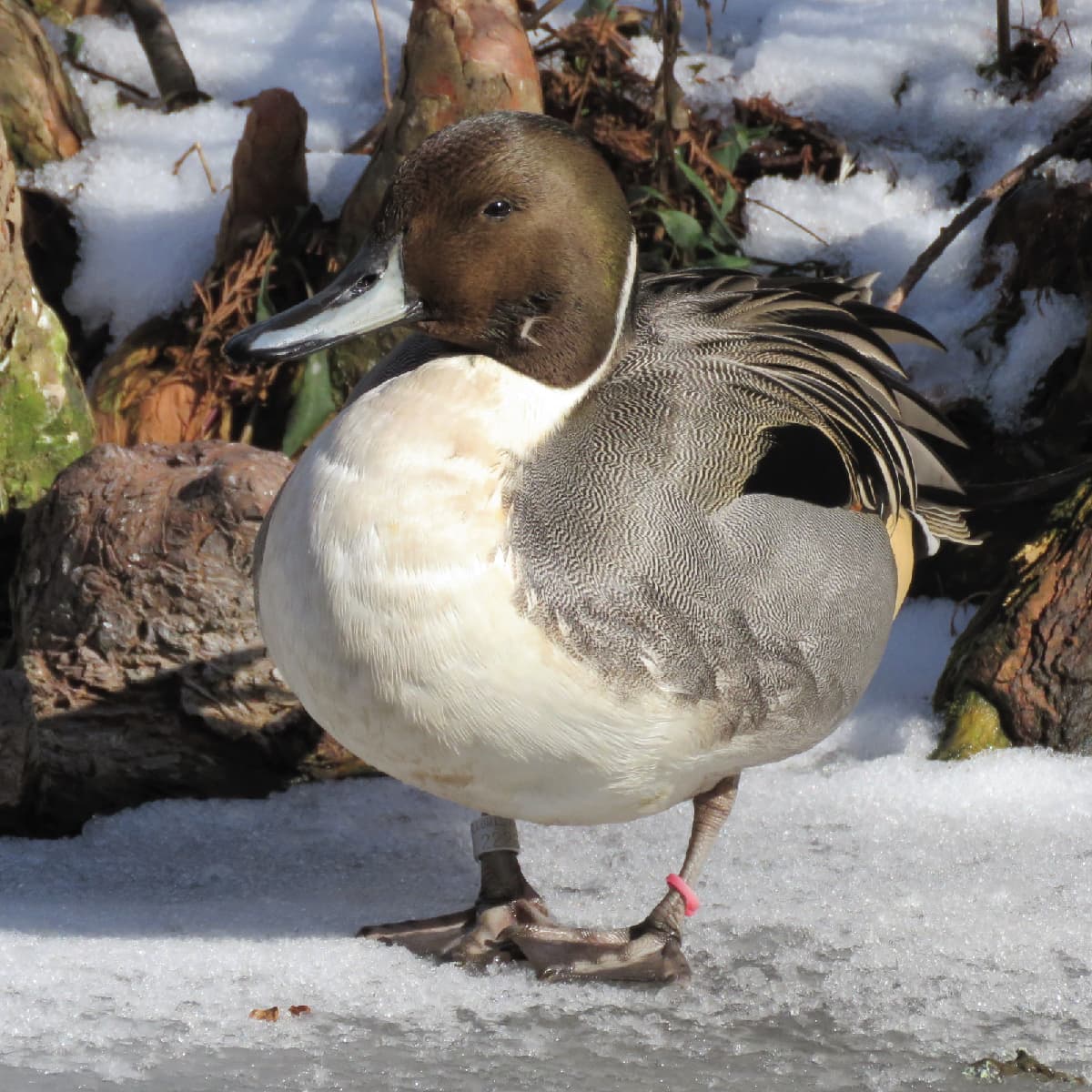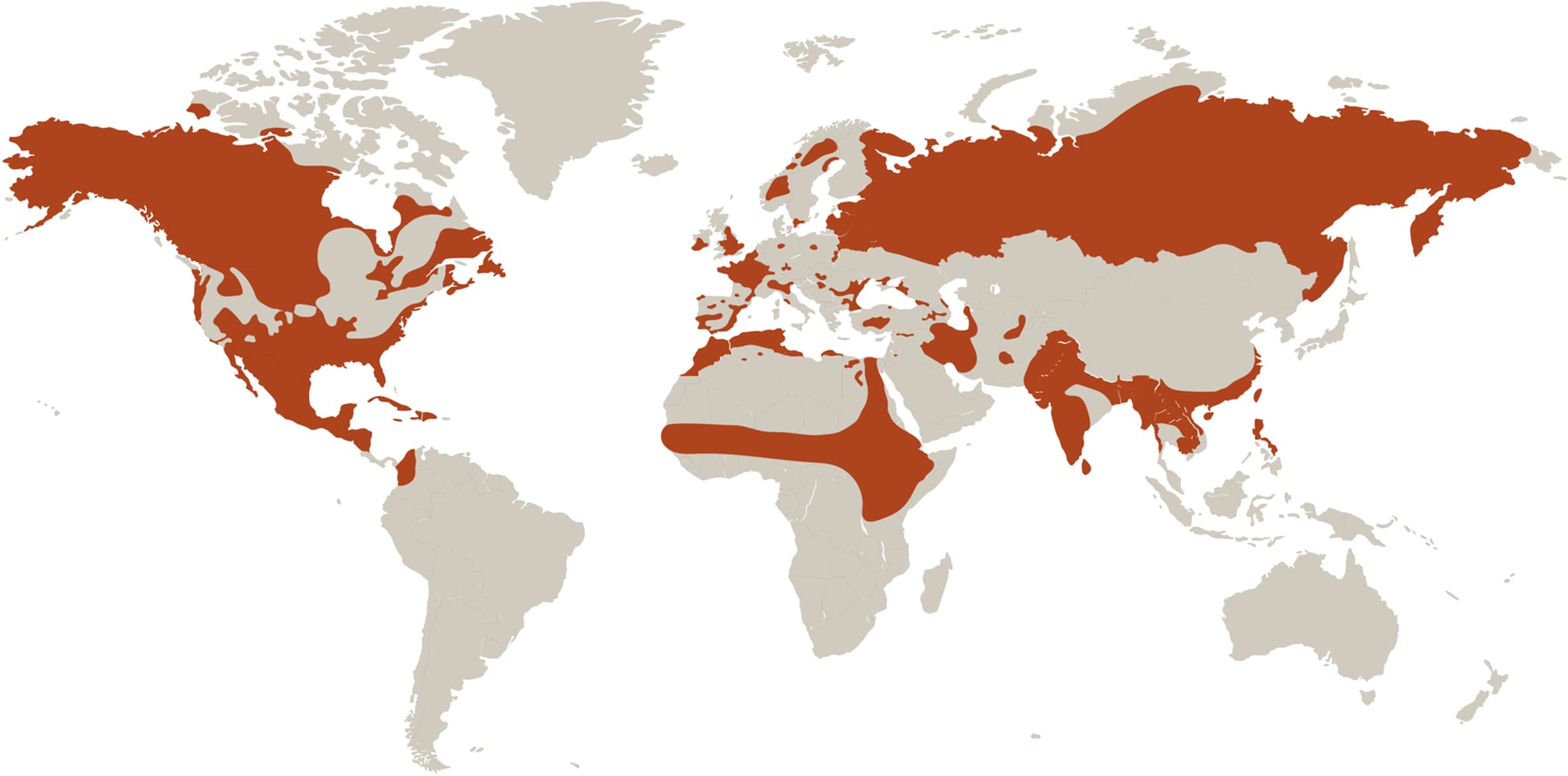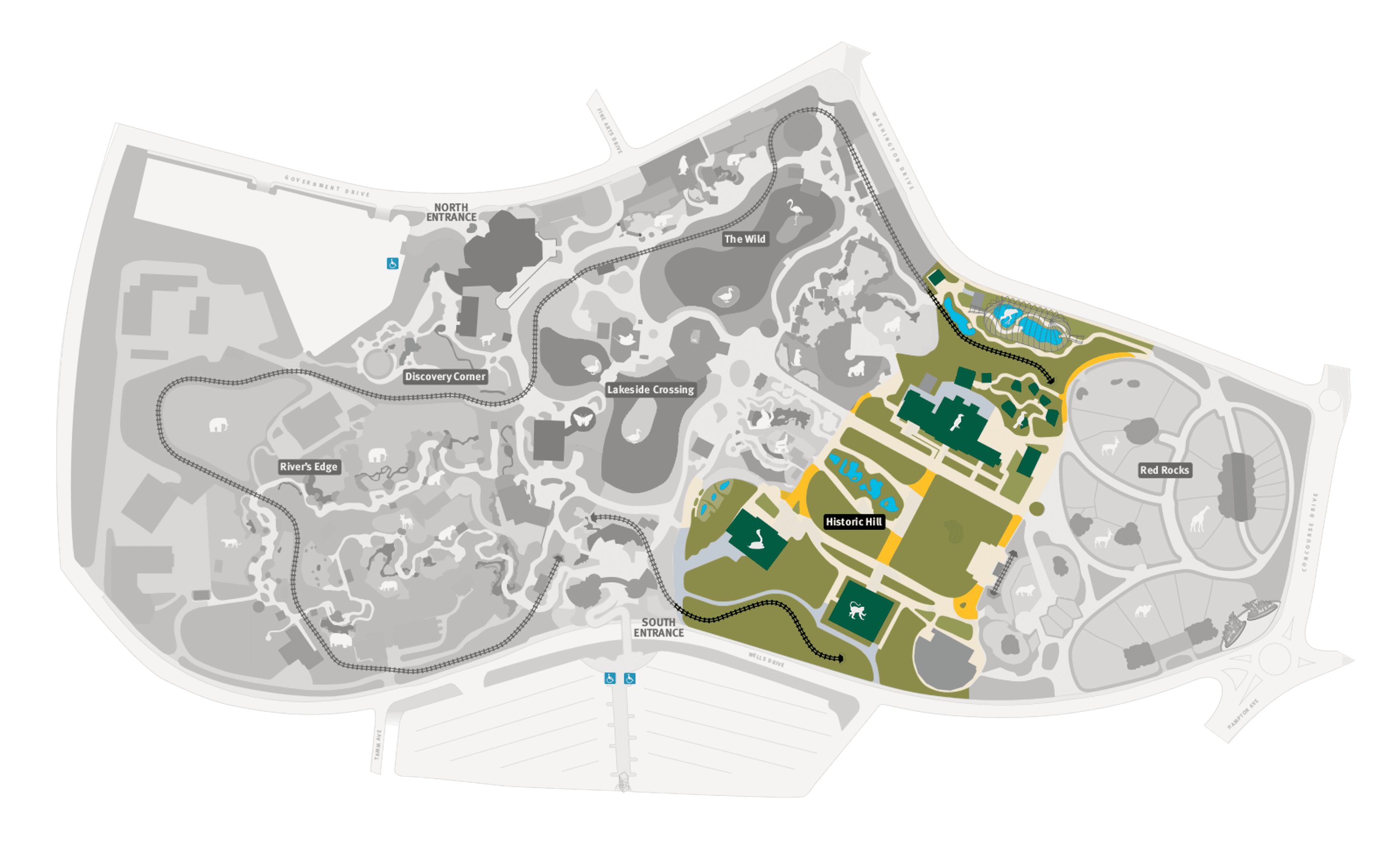
Northern Pintail Duck
Anas acuta
Did you know?
- Northern pintail ducks are a part of the Anatidae family, which they share with geese, swans, and other ducks.
- They are named for their needle-pointed tail feathers.
- They live near freshwater habitats around the world, including North America, Europe, Asia and Africa.
- They migrate early, often before many other duck species.
- A female will lay three to 12 eggs in one clutch.
Adaptations
A male pintail duck has a dark brown head with a distinctive white stripe on the neck. Its breast and belly are bright white. Whereas, a female adult has more muted coloration to help them camouflage while incubating eggs. Like many duck species, northern pintail ducks are adapted for long flights, which helps them complete an annual migration to warmer climates during the winter and cooler climates during the summer.
Young
Female pintail ducks will lay three to 12 eggs per clutch. She will incubate them for about three weeks until they hatch. Then, the female will protect her brood with her life. Generally, the male does not help and leaves once incubation begins. If threatened, the mother will pretend to be injured in hopes of leading the predator away from her chicks. Chicks fledge within 45 days after hatching.
Threat Level
- Unknown
- Common
- Near Threatened
- Threatened
- Endangered
- Critically Endangered
- Extinct in the Wild
Common
The Northern Pintail Duck is widespread and abundant.
Range
North America, Europe, Russia, Asia; winters in northern Africa, Pacific Islands
Habitat
Lakes, rivers, marshes, swamps, ponds, barrens, tundra

We care about Northern pintail ducks
We support Northern pintail ducks in the Cypress Swamp located in the 1904 World's Fair Flight Cage at the Zoo. Learn more about how we are helping wildlife around the world: Dedicated to Conservation
Find this animal in Historic Hill

SAINT LOUIS ZOO ZONE
Historic Hill
Historic Hill is a lovely stroll through one of the oldest parts of the Saint Louis Zoo. From the 1904 World’s Fair Flight Cage to the Spanish architectural flavor of the 1920s in the Bird House, Primate House and Herpetarium to the finishing touches of our thoroughly modern exhibits, this area of the Zoo has a unique ambiance and a nostalgic history that make it a great destination.

